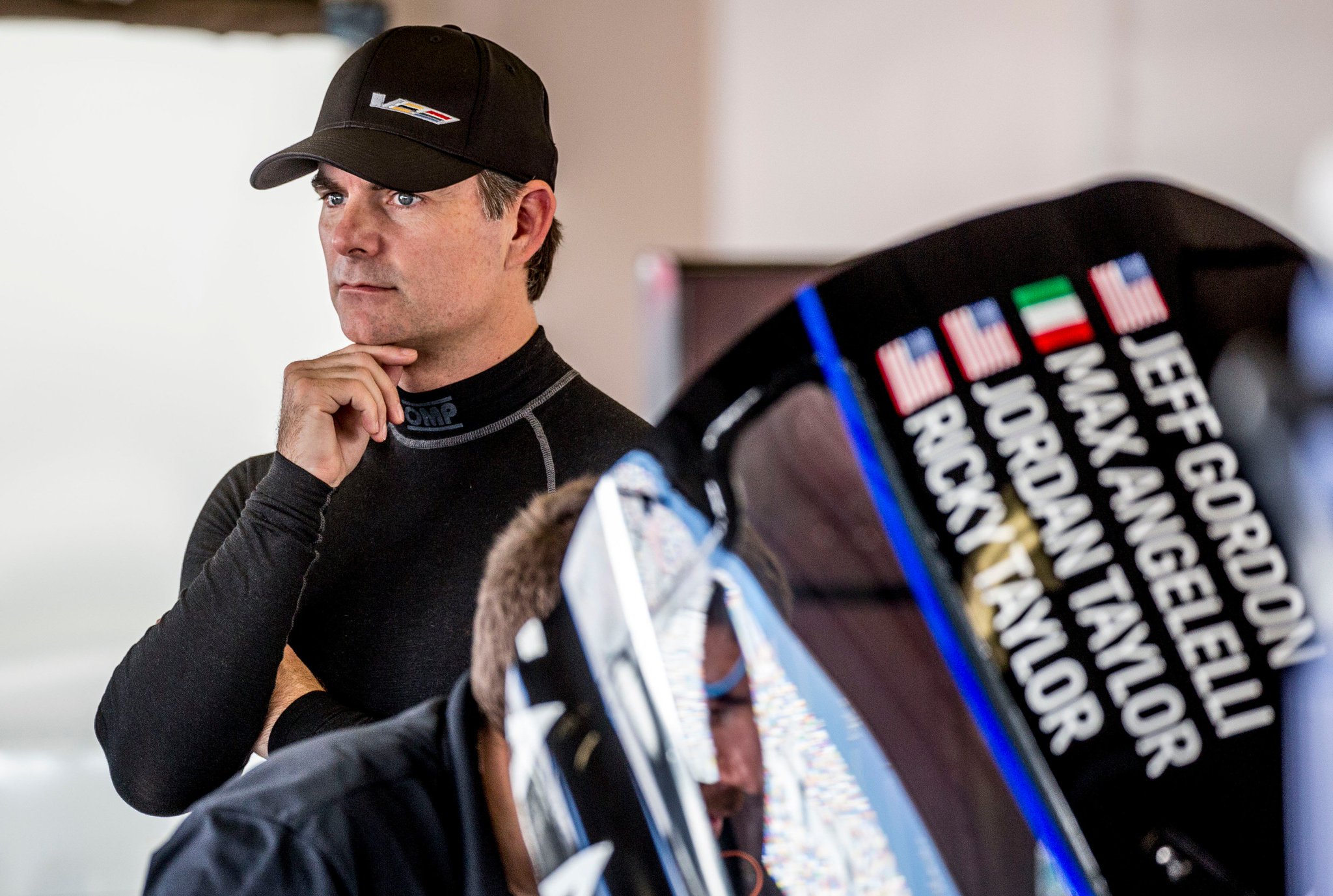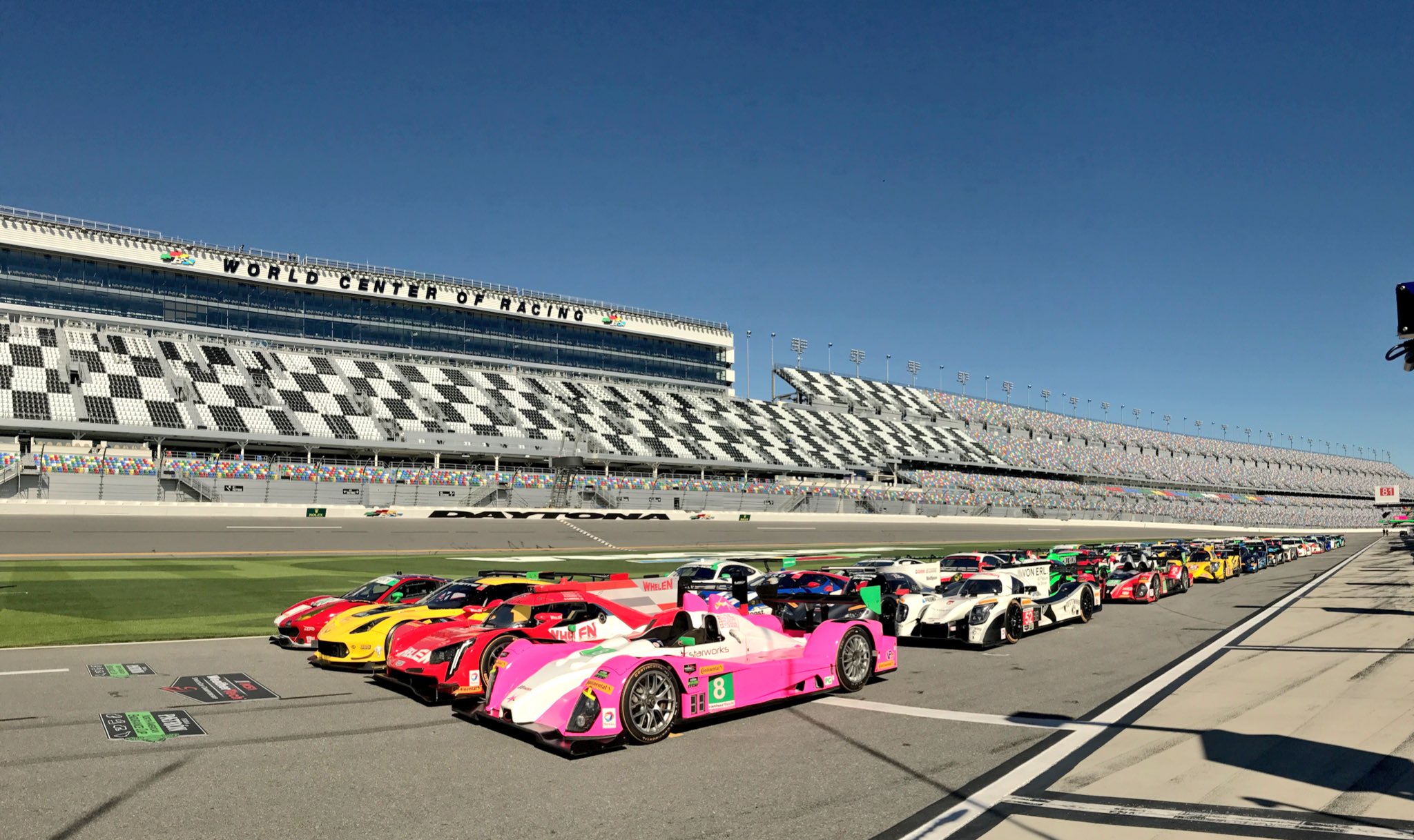People for years have been saying "make the cars stock again", but let's look at this realistically and realize how we got to tube-chassis, purpose-build racecars to begin with.
First of all, safety. You cannot beat a purpose-built car for safety. You can add a cage to streetcar, but at 200 mph when you could be heading straight into a Dale Earnhardt style collision head-on with a barrier these things need to be safe. So you add a cage. And you need to have some type of engine subframe bracing to ensure that the engine doesn't rip out of the things, since roadcar subframes are merely bolt-in affairs. And you need to have a roof hatch at least at the super speedways. Don't forget you need a fuel cell and a structure around it. NASCAR uses fire suppression systems, now find a place to house and rout all of that too. Need to seriously beef up the footwell to protect from more Kyle Busch style leg and ankle injuries occurring.
Now let's talk about performance. A stock Fusion for instance is not made for hours straight of track duty. The brakes are tiny and insufficient and will fade within just a few laps, boiling the brake fluid. It needs to have bigger calipers and rotors. The cooling system is made for the freeway, not the speedway, so keeping temperatures in check for three to four hours of wide-open throttle will require a larger, dual-core radiator with more surface area and fluid capacity and we'll need a heavy-duty waterpump and a bigger fan, too. And stainless steel braided coolant lines for durability. The oil pan in a normal roadcar usually only holds about 5 quarts, which means with such little capacity the oil will overheat and breakdown extremely quickly. We'll need to house a 16 quart dry sump in the cabin and rout all that oil plumbing to the engine. Furthermore, those factory shocks will never survive the rigors of 600 miles at Charlotte. Banking puts tremendous loud on a suspension that a roadcar would never see, so we'll need better damping. Gotta match those damping rates to new springs, too. And we'll need camber plates for even tire wear and thicker swaybars as well. Good thing we beefed up our subframes to support those swaybars or they'd rip right out of the car!
This is just the tip of the iceberg, but my point is that it would take SO much work for a real Ford Fusion (or Chevy SS, or Camry) to become usable for racing in these conditions that you outweigh the ease of just building a car from scratch to suit your needs. And then there's the issue of parity because manufacturers. Yes, I know, a bunch of you are going to say, "Well if the Fords can't keep up with the Chevys then tell Ford to make a better car!". But that isn't feasible. The SS is course the fastest car on the street of the three, but is Toyota going to stop everything and make a rear wheel drive V8 sports sedan (i.e. a sales segment that they clearly don't care to be in because most people who buy cars don't actually want that) just to be able to beat Chevy at Homestead? Do you realize what a MASSIVE undertaking that would be, to spend hundreds of millions of dollars to develop and produce a whole new bespoke car to sell on their dealer lots just to run in NASCAR? That would be the end of NASCAR, immediately.



 .
.
